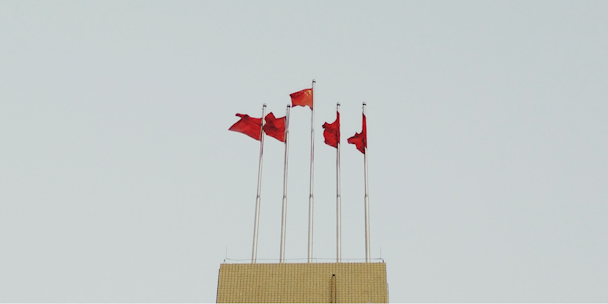The ‘Made in China’ u-turn: China as a superior manufacturing powerhouse
“What’s most interesting about the recent Huawei furore is that this is China influencing not through dark subterfuge but through technological superiority.”

Made in China used to be a byword for poor quality, dangerous or imitation goods produced in bulk in the ‘world’s factory’. Longstanding concerns ranged from product safety and unethical practices to food contamination and human rights abuse and tainted the reputation of Chinese production, engineering and manufacturing alike. So, it is somewhat ironic, especially for those who still view China from afar, that it is this very ‘Made in’ credential that could well be the pivot upon which China’s wholesale modernisation is propelled.
China is undergoing a seismic shift in how it is perceived as a Country of Origin. Under President Xi Jinping’s ‘Made in China 2025’ programme, which aims to position China as the world’s leading manufacturing nation in 10 high-technology priority sectors, such as aerospace, robotics, artificial intelligence and pharmaceuticals, China is evolving from a centre of low-cost, low-tech manufacturing to a global player in more high-skilled sectors, most notably technology, electronics and luxury.
According to the Economist, China filed 53,345 patents in 2018 (only just behind America’s 56,142) which is very much in line with the goal to transfer intellectual property and manufacturing techniques to China from western countries – something which has begun to create all manner of disquiet across the world as China’s titans rise in global relevance. What’s more, with Baidu, Alibaba and Tencent (the so-called BATs) holding shares in 150 companies abroad and rapidly moving beyond their core businesses of internet search, e-commerce and gaming to control data flow and manage cloud-computing services, these once Chinese versions of what existed in the West are starting to genuinely worry markets and governments at the highest levels.
The global reaction (over-reaction?) to Huawei is in many ways a perfect example of Chinese impact. What’s most interesting about it, and least acknowledged in the way the story has been spun, is that this is China influencing not through dark subterfuge but through technological superiority. After all, if Huawei lagged Ericsson or Nokia none of this would even be under discussion and we’d be back to Brexit and Trump stories.
Another good example of Chinese craft skills is the rise of Kweichow Moutai, the baijiu spirit distilled for centuries from red sorghum and now the world’s most valuable liquor company according to CNN Money. Our own global brand strength study, the FutureBrand Index, ranked Kweichow Moutai at no. 2 in 2018 in terms of future brand potential behind only the Walt Disney Company and comfortably ahead of many others including luxury leaders like LVMH.
Perceptions of China more broadly still matter, of course, and it would be naïve to assume that a strong Country of Origin story alone is enough to address the less positive perceptions of Brand China. But there is no doubt that China is undergoing a period of dramatic transformation. In a coordinated effort between private enterprise, government and independent organisations, it’s making the move from being known for cheap, inferior quality to an image of advanced technology and superior product performance. As this transformation takes place, powerful Chinese brands, like Huawei, Alibaba and Tencent, could come to dominate the stage at home and abroad, much as Japan’s Sony, Toshiba and Canon did in the 1980s, changing how we all think and feel about China for good.
Jon Tipple is chief strategy officer at FutureBrand.
